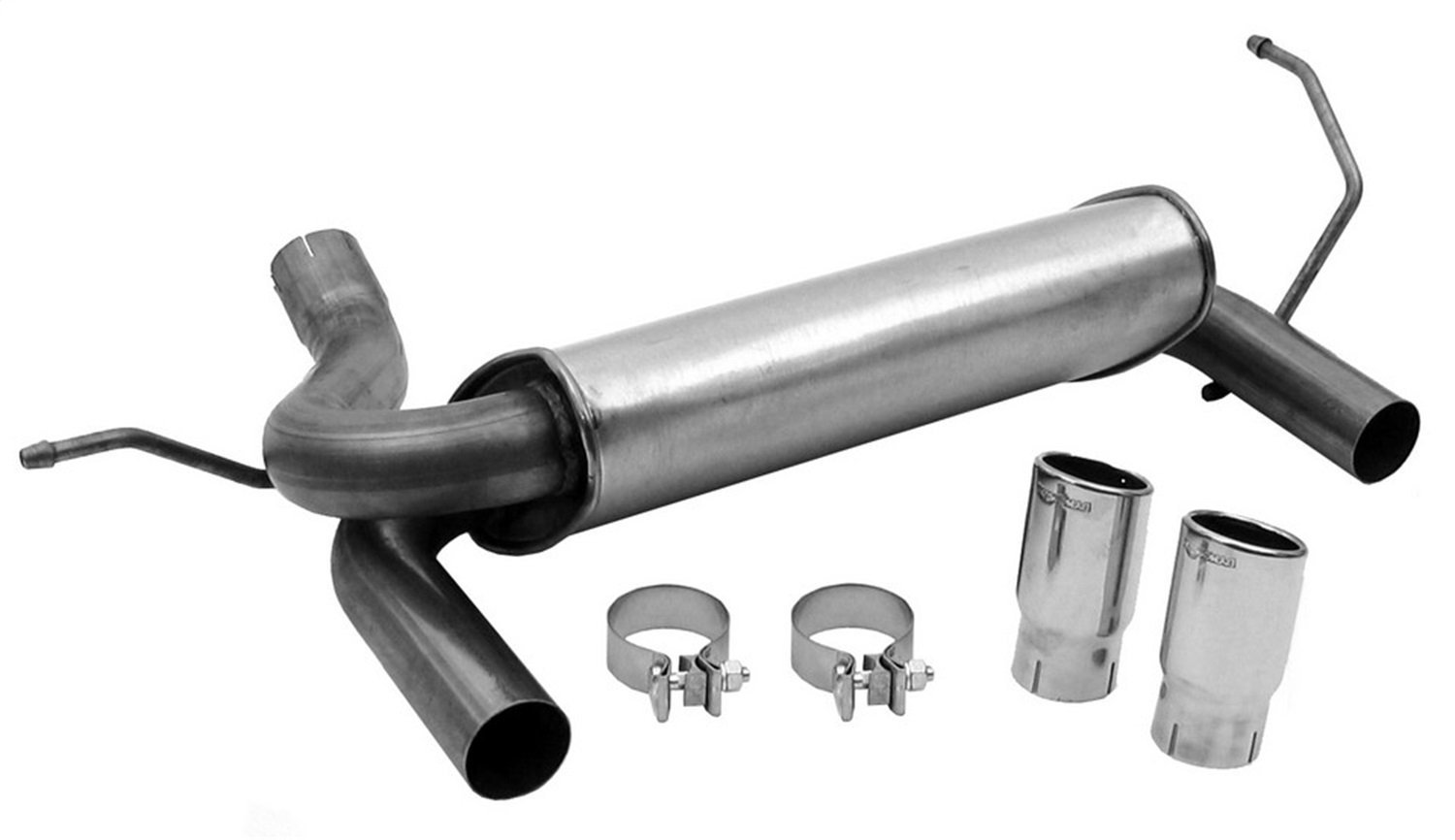Many parts, including bolt-on parts, can improve the performance of your car. However, before you plunk your hard-earned cash down, read the replacement auto parts reviews on the parts and brands. Some may give you a few more horsepower and some may give you much more. The types of parts also make a difference. For example, if you put a new exhaust on your car and it’s as restrictive as the original, you won’t gain much, if any horsepower at all.
Improving Performance with Exhaust
Always do your research before spending big bucks on an exhaust system. As stated above, if the new exhaust is too restrictive, it won’t improve much on the horsepower. However, if the exhaust isn’t restrictive enough, you could run into the same problem. You want the exhaust to go out of the cylinder quickly. A less restrictive exhaust allows more exhaust to get out of the engine, but it doesn’t go out as fast because the less restrictive exhaust creates less pressure to suck the exhaust out. Mufflers should be based on engine size, header size, and other factors.
Improving Performance with a Better Radiator
The cooler an engine runs, the more efficient it is. However, there is a limit—if the engine is too cold, it will use more fuel and produce less horsepower. When you choose a radiator that cools better, make sure it doesn’t cool the engine too much. As with most other replacement parts on a street/performance vehicle, bigger isn’t always better. Look for a radiator that has the maximum flow rate for the size of your engine. Aluminum radiators cool better than copper-brass radiators. In most cases, crossflow radiators cool more efficiently than downflow radiators. If you have an older vehicle that uses a downflow radiator, a crossflow radiator may not work well—if you are able to find one that fits.
Improving Performance with a Cold Air Intake
A cold air intake is usually one of the easiest bolt-on parts you can add to make more horsepower. However, many brands claim they add up to 20 horsepower. This usually isn’t the case. As with all engines, your engine must be configured properly to take advantage of the colder air introduced to your engine. A cold air intake isn’t going to give your four-cylinder 20 more horsepower, but it might give your souped-up V8 closer to that 20 horsepower gain.
Combining a cold air intake with a better exhaust and larger fuel injectors also gets you closer to that 20 horsepower mark. Remember, what does in must go out. Then the engine is only going to suck in so much air—based on the amount of gas that goes in. Most cars run on a 14:1 air/fuel mixture. If you want more cold air, you’ll have to increase fuel. If you increase fuel, the exhaust it creates needs a way to get out—you’ll need a freer-flowing exhaust.














